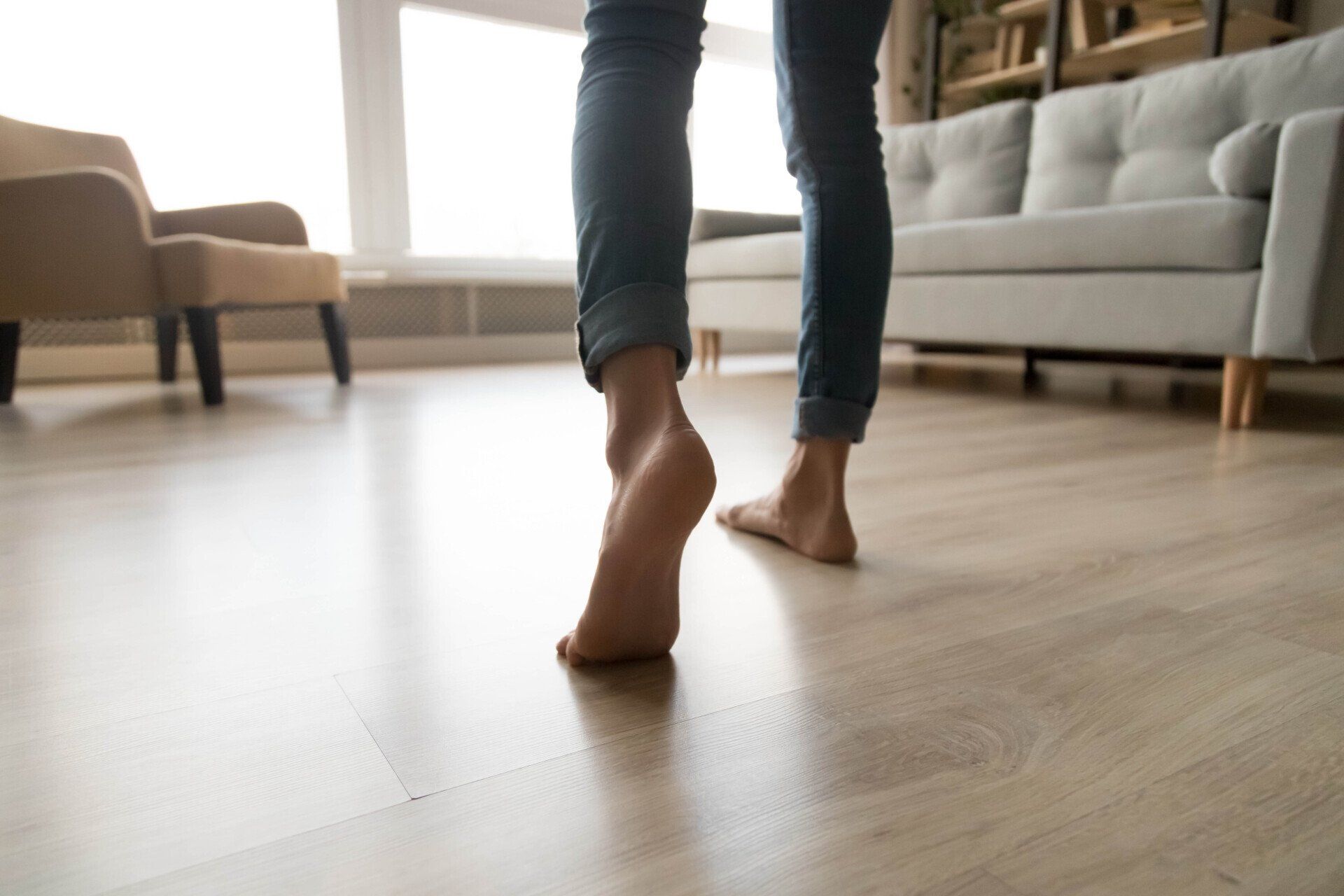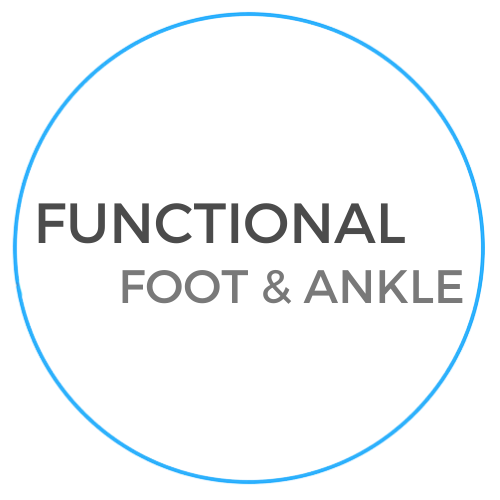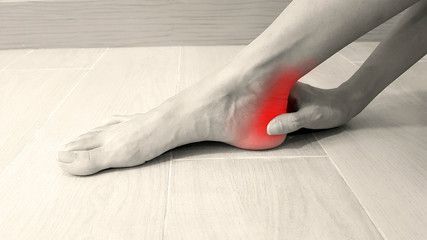A common concern echoed by parents is wondering whether they should be worried about their child’s flat feet (also known as flatfoot). Don’t panic if your son or daughter has flat feet — almost all babies are born without that visible arch. Babies have a fat pad on the inner border of their feet that hides the arch and disappears over time.
Flat feet usually fade away by the time a child is six years old, but about two out of every ten kids will continue to have flat feet into adulthood. There are two different types of flat feet your child could develop, so be sure to consult with one of our podiatrists to receive a proper diagnosis and treatment plan.
TYPES OF FLAT FEET
- Flexible flatfoot: This is the most common type of flatfoot in children. Children have flexible bones and joints, and if your son or daughter has flexible flat feet, they shouldn’t be experiencing any pain or discomfort. If you’re not sure, have your child stand on his or her tiptoes and look at their feet—does an arch become visible? If so, they likely have flexible flatfoot, which usually requires no treatment from a podiatrist.
- Rigid flatfoot: Rigid flatfoot is the least common type of flatfoot, but also the most serious. It can often be the result of problems with the bones in the feet and can cause pain and disability. It’s rarely seen in young children and will usually become apparent during the teen years.
TREATING FLAT FEET
If our team of specialist podiatrists determine that your child has flexible flatfeet, and your child isn’t in any pain, it’s likely that no treatment will be recommended. However, some children with flexible flatfoot may experience some aching in feet or legs after activity; this can usually be easily treated with cushioned arch support and strengthening exercises.
If you’re concerned that your child has flat feet, it’s important to bring them into the clinic for a full diagnosis by one of our specialist podiatrists who will guide your child with appropriate treatment path.


